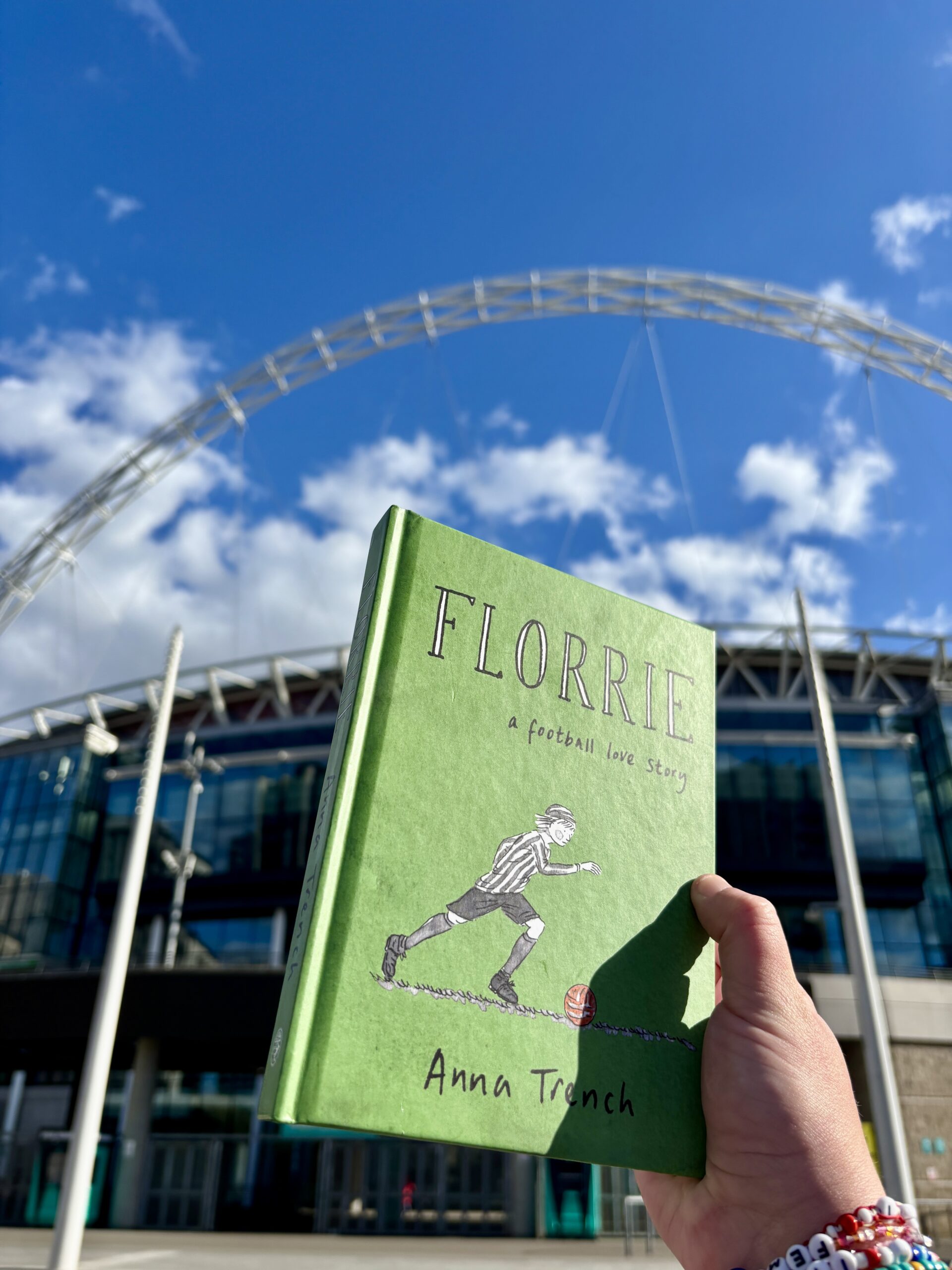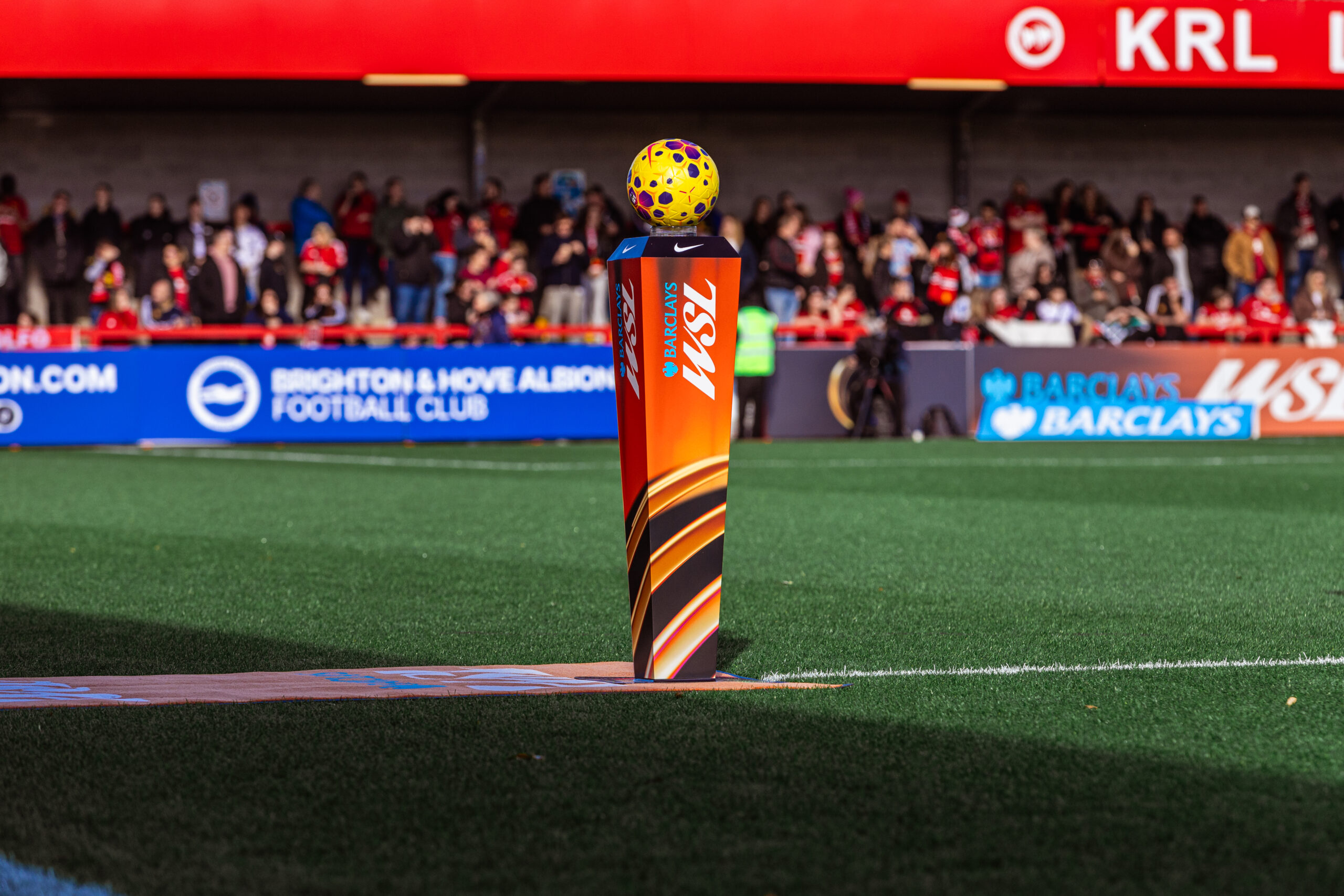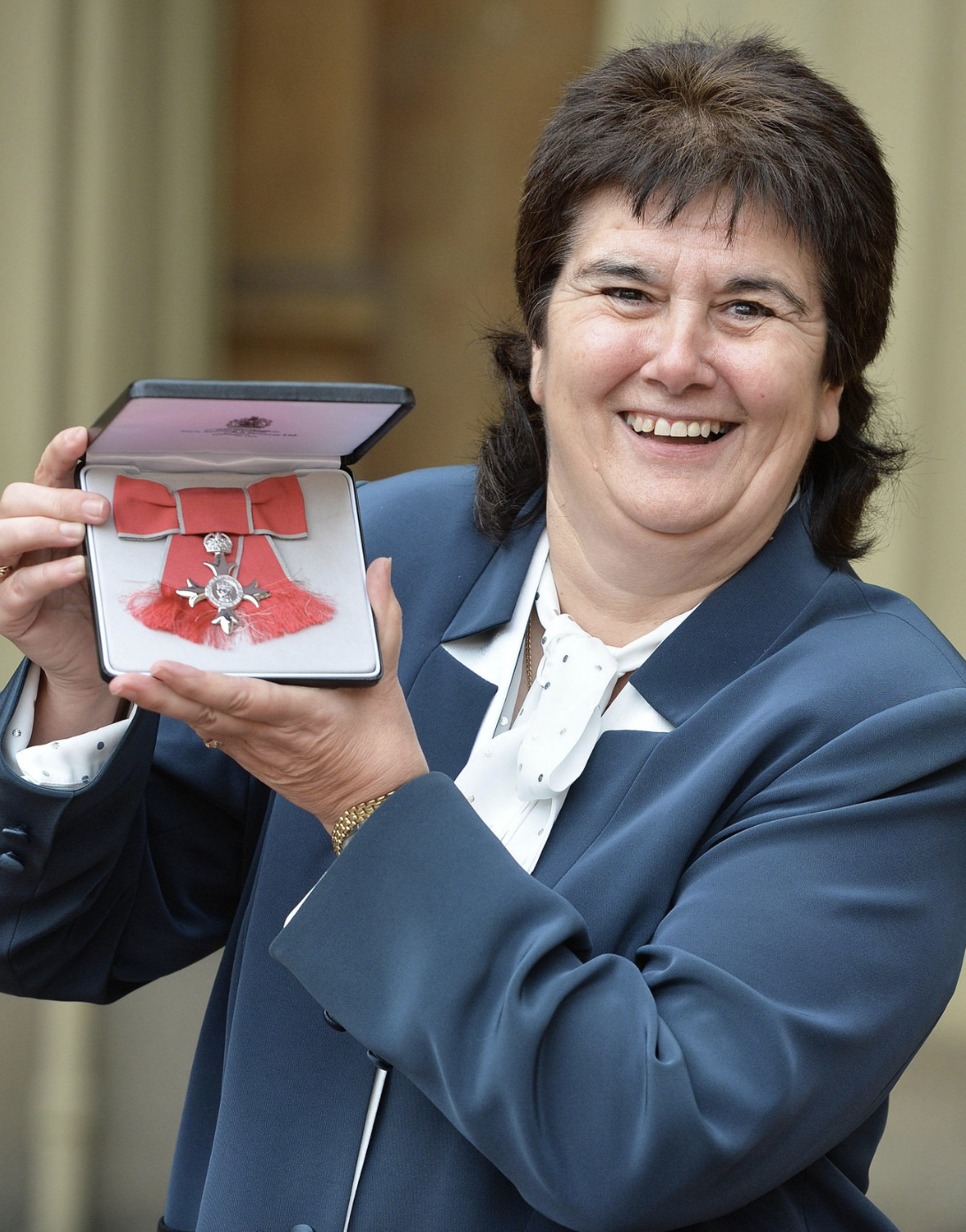Anna Trench’s story Florrie will soon find itself in the canon of classic graphic novels. It celebrates the early trailblazers of women’s football, its queer community and the friendship that generates. Alongside this, it is also cruel reminder of the sports troubled and turbulent past.
Over a zoom call with Joe Rosedon, Trench discusses her memories playing football, how that influenced the creation of Florrie, and how the story is grounded in love.
Joe Rosedon: What are your earliest memories of football and how did you get into the sport?
Anna Trench: So, I’ve always absolutely loved football, but I don’t come from a family that likes football at all, let alone plays. I’d save up all my pocket money for shirts. I’d beg for second-hand shirts from older family friends. I loved playing in primary school played but in secondary school, like a lot of women my age, we just didn’t get a chance to play. It was either netball or hockey.
Then I did an art foundation in Falmouth, and I joined a team who were so welcoming and incredible. I learned so much and so much fun. Then I went to Cambridge and continued playing and I play now in London.
JR: How did Florrie come about?
AT: So, I’d always wanted to do a comic or a graphic novel about football, because I love it, and I couldn’t work out how that would work. Then it was around the centenary of the ban, and I was looking at these pictures of the teams at that time. There were so many team photos and footage which I found so moving. I thought about what had happened to them and how they’d got there and what happened to them after the ban came in. So, through these photos, I began imagining what their stories would have been. So, I decided to make it up.
I also wanted to bring in a queer love story because I think that we still don’t get enough of them but also in the 20s there was a kind of LGBT community and I thought there must be some kind of overlap and if not, I’m going to do it.
JR: Why do you think a graphic novel was the best format for the story you wanted to tell?
AT: So for me, I love illustrations and words, and I think it’s a really special way of storytelling. It just makes so much sense in how I see things. I think also there’s something about it being black and white and evoking this period of the 1920s that works nicely and there’s a kind of simplicity with that.
It’s a physical game and it’s got movement; there’s something quite nice about showing that on the page. With graphic novels, you can be wordless. You can just have the images, and they can be so evocative. Having the football boots or seeing the team playing together and joining up, I think that can work well on the page. I just love the full graphic novel. I think it’s special in terms of how you can pace things, how you can tell stories, how words and pictures can take it in turns, and they can be doing different things as well or they can be complementary.
JR: So why was it that period of women’s football that you wanted to focus on?
AT: I’m interested in that period in a way, in terms of art and literature and social history, in terms of modernism. A lot changed in that period, it being post-war as well. There was a reaction to that and the devastation of all the loss from the war. But then women had kind of made these advances. I wanted to look at the huge rise of women’s football before the ban and then what happened afterwards. It’s a perfect dramatic structure, isn’t it?
When you see those crowds and you hear about those numbers of like 53,000, you know, at the Dick Kerr match on Boxing Day, it is unbelievable. And so that just really struck me that that would be a good time to explore.
JR: How did you find the research process for putting together Florrie?
AT: I really enjoyed the research historical research. I loved watching clips on the BFI website which were amazing to see. Gail Newsham has done an amazing job researching and Dick Kerr Ladies which was incredibly helpful. Patrick Brennan created a website that has so many photos of teams and memorabilia. I found that incredible to look at and it is a true labour of love
I went into all the national newspaper archives and just did so many searches, anything I could get about around the ban in December 1921. I trawled through them and found that the attitudes towards gender were so shocking.
I realised quite early on that this is a work of fiction that is grounded in facts. I genuinely believe that what happened in Florrie could have happened but there is no way of knowing if it did. That period wasn’t well documented, so I had to make a lot of it up. That was fun having that kind of freedom to say well what could have happened? Would they eat oysters on Dieppe beach? Why not?
JR: How did your own experiences playing football influence the way you depicted football in Florrie?
AT: I was thinking about how I would feel on the pitch the movement and looking around on the pitch. Also, about reaction to a foul or reaction to a goal and thinking about in the changing room how you feel, or half-time when you’re a bit dejected, or at training doing a drill.
I looked to that experience a lot because it was so influential in terms of just my discovery of football but also kind of my discovery of myself at that time. I think that’s what Florrie experiences as well, meeting these people she’s never met before.
Women’s football is such an inclusive space and people join a team maybe they’ve never even played football before maybe they have, and they meet like-minded people, and they learn about this fun thing they can enjoy with other people, so I tried to tap into my experiences.
JR: So, my main takeaway from Florrie is how love is explored in different ways. There is romantic love, platonic love but also a quieter familial love. Does that love come from the same place or do they exist in separate places?
AT: Yes, I think they come from the same place, and they overlap. Florrie’s little brother when they get closer and she gets closer with her father when she opens up to him through her love of football, so she becomes closer to her family through that. Obviously, she becomes closer to Vivian, and they share that love for football.
I met my partner through playing football and those loves overlap, don’t they? Sometimes they are completely different. It’s a different part of you and it’s an opportunity for you to discover a different part of you and to have that space that’s different as well.
Florrie is now available via Penguin Books – https://www.penguin.co.uk/books/469503/florrie-by-trench-anna/9781787335660



